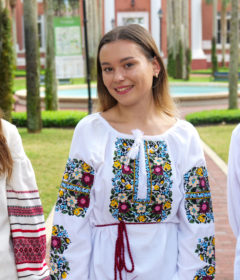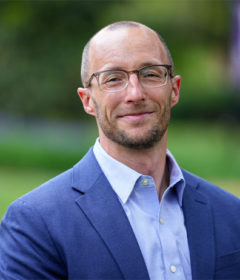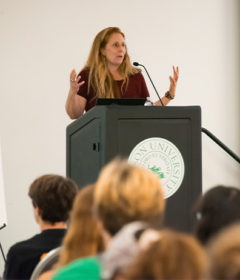Legacy Gift
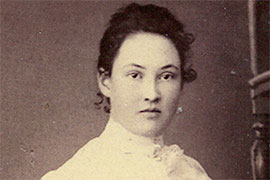
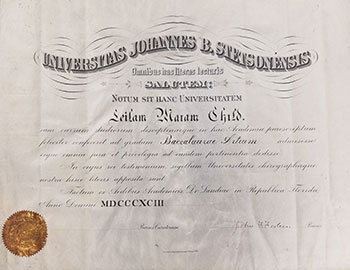
Photo: Stetson Archives
You never know what one might find in an old suitcase.
Just as the new year began, University Archives at the duPont-Ball Library received a pleasant surprise: the diploma of Leila May Child, Stetson’s first collegiate graduate, dating back to 1893.
Siblings Betty Carol Smith and David Mann — Leila May Child’s grandchildren living in California — made the donation.
In 1893, Stetson’s graduating class included only Leila May Child from the College Department and several others from the Academic Department. As late as the 1890s, the university consisted of both a “College Department” and an “Academy.” The academy, which was a preparatory program, contained far more students than the college did in the early years. That program was discontinued in 1927.
The diploma had been in storage for about 60 years, unknowingly, in a big “archives” suitcase passed within the family, including through three of Mann’s moves before he finally discovered it.
“I took [the diploma] out, and I admired it. And I realized it was in very good condition, and got in touch with my sister,” Mann said, noting that his father had originally stored it.
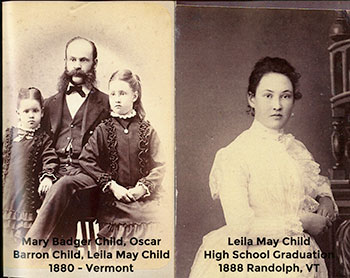
Then Smith began to explore. She went online to view Stetson’s website and, impressed, she called the library archives department. That was in November 2017. Subsequent searches for information through Stetson and more discovery brought the siblings to campus in April 2018.
They were welcomed with open arms, both agreed, led by Jane Bradford and the library’s leadership. Bradford, with a long history at Stetson but working on an interim basis at the time, had received that first phone call. The visit even included a meeting with Stetson President Wendy B. Libby, Ph.D., with Mann describing, “We felt like VIPs the whole time!”
“To get the university’s first diploma is stunning,” commented Bradford, who by then had completed her interim duties with the hiring of new archivist Kelly Larson.
“Learning about the family really made [Leila May Child] to come to life,” Larson said, adding that the diploma, written in Latin, was made of vellum, a sturdy animal-skin parchment.
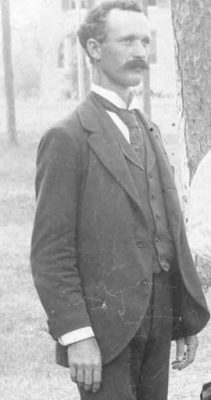
Photo: Stetson Archives
“Our dad [Harlan Selwyn Mann] had always told us that our grandmother was the first graduate of Stetson University,” said Smith. “I feel almost genetically connected to Stetson.”
The siblings found many traces to the past, not only for their grandparents but for themselves.
Leila May Child and James Stephen Mann had died before Smith and Mann were 10. They met as students at Stetson; James Stephen Mann graduated in 1897. Child also taught grammar school at Stetson’s Academy, while Mann received a degree in chemistry. They were married in 1900, following a courtship on campus and afterward. Child also loved classical music and played the piano, and using her education she homeschooled the siblings’ father, who was the middle boy of three sons.
With their father named Harlan, the siblings have wondered since the trip to campus if Leila and James took the name Harlan from the son of Henry DeLand, founder of the university as DeLand Academy in 1883. “It is nowhere in our family history before our dad. We heard that Leila found the name Selwyn,” Smith said.
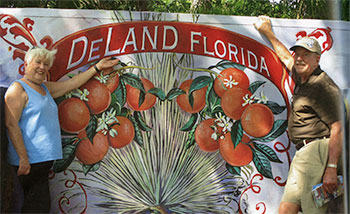
Also, as it turns out, Child wrote a published senior essay, which she also read at her graduation, titled “Philosophy of Common Life” — about exercising democracy. Years later, the siblings would hear that same messaging from their father.
“We would hear things that didn’t make sense to us because we had no personal experiential sense of Stetson nor DeLand. Hence, we decided to make a pilgrimage to deliver the diploma. Coming to Stetson made it feel like this is where it all came from,” Smith said.
“I found a precise genetic heritage of how I became a community organizer three generations later — exercising democracy for the common man,” said Mann.
– Michael Candelaria

